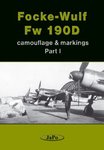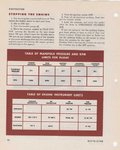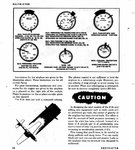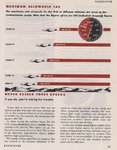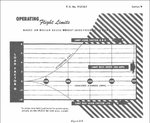paul.kachurak
Airman
Take a look at the plots of speed and climb that I posted back on page 2 of this thread. See how far apart the P-51D speed-wise is from the Fw190D-9 at 7km even with the P-51D using 67" MP. Climb rates are close. If the P-51D uses 72" then it is much better than the D-9 at even 6000m.
Also on there is a plot of the A8. And that shows that the D-9 had better performance. The D-9s full throttle altitude with or without MW50 was about 6800m. The P-51D FTH is about 7500m with 67" MP.
Yes the D-9 had better higher altitude performance than the A-8 but it was not as good as the P-51D. I think those plots which were taken from relevant FW (D-9 and A-8 ) and USAF (P-51D) document speak for themselves and are not incorrect. In fact I think the D-9 maybe a little on the optimistic side but I don't have any hard data to prove that.
Also on there is a plot of the A8. And that shows that the D-9 had better performance. The D-9s full throttle altitude with or without MW50 was about 6800m. The P-51D FTH is about 7500m with 67" MP.
Yes the D-9 had better higher altitude performance than the A-8 but it was not as good as the P-51D. I think those plots which were taken from relevant FW (D-9 and A-8 ) and USAF (P-51D) document speak for themselves and are not incorrect. In fact I think the D-9 maybe a little on the optimistic side but I don't have any hard data to prove that.

